The global economy is undergoing a reconfiguration process that is characterized by growing geoeconomic fragmentation, which is defined as the tendency for trade, investment, and global value chains to divide into geopolitically aligned blocs.

This sub content title section you can add you real content.

The global economy is undergoing a reconfiguration process that is characterized by growing geoeconomic fragmentation, which is defined as the tendency for trade, investment, and global value chains to divide into geopolitically aligned blocs.

We examine the relationship between a country’s level of investment in research and development (R&D) and financial stability. Our findings emphasize the importance of a balanced fiscal strategy that reconciles the urgency of short-term fiscal consolidation with the pursuit of long-term economic growth and productivity.
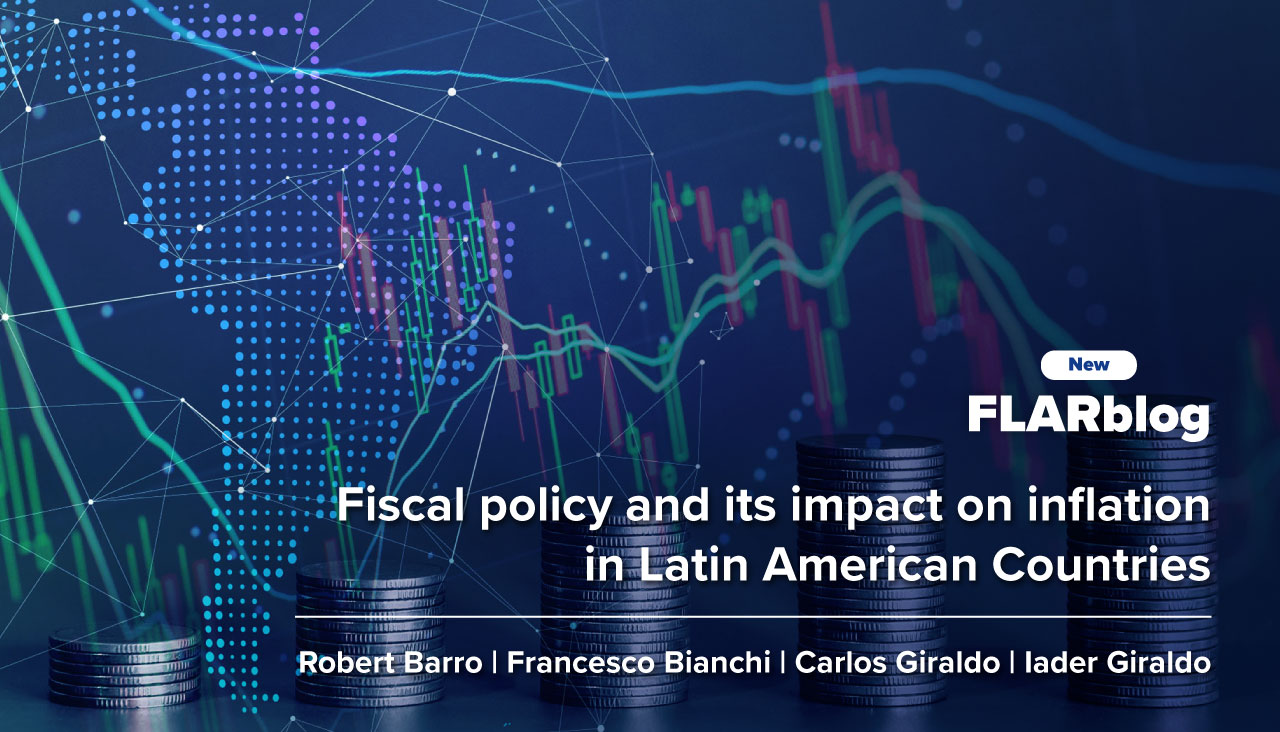
Fiscal policy can significantly impact the rate of inflation in Latin American countries. Governments in the region have historically implemented procyclical fiscal policies, increasing spending and borrowing during periods of economic growth and tightening policies during recessions.
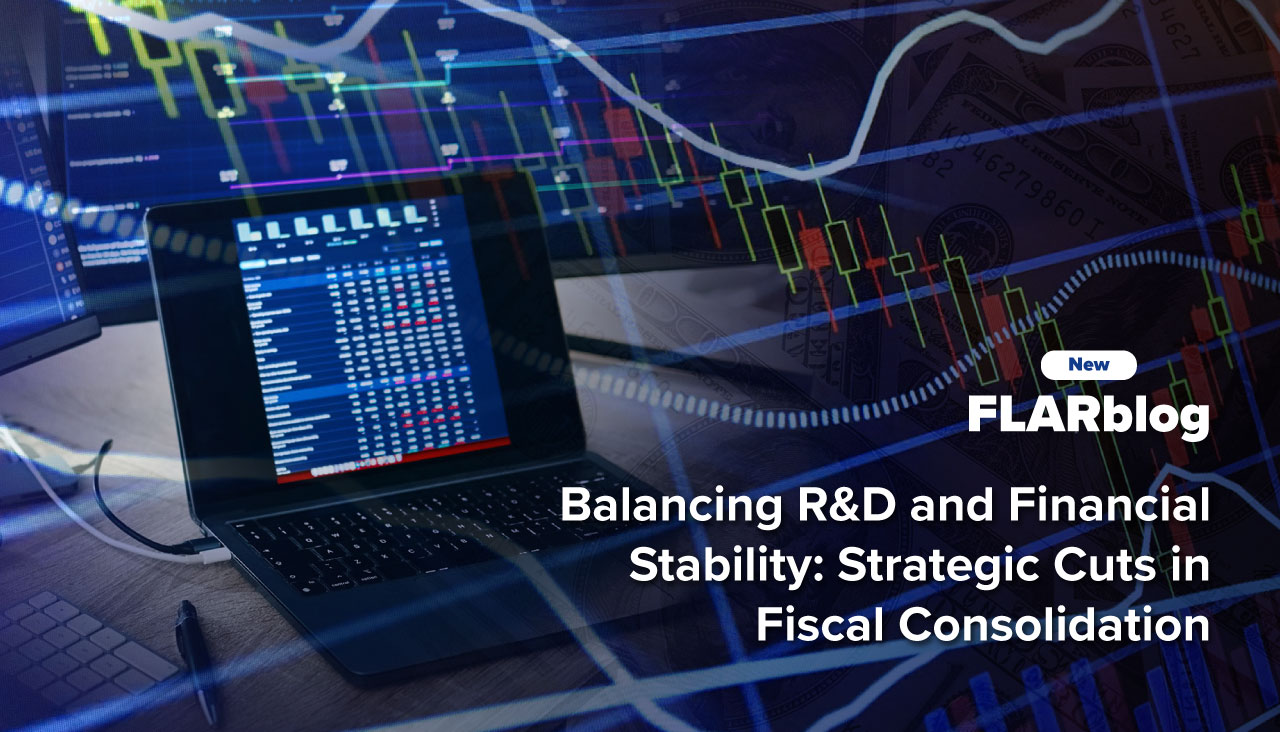
In recent years, fiscal matters have taken center stage in both academic research and economic policy debates. This heightened focus is largely a consequence of the significant rise in public debt levels observed across advanced and emerging economies in the aftermath of the COVID-19 pandemic. At the same time, the sharp increase in inflation experienced in many countries led central banks to implement substantial hikes in policy interest rates.

Latin America faced a mixed economic outlook in 2024 amid a slight global economic slowdown driven by geopolitical tensions and uneven performance among major global economies. The region’s economic growth outpaced initial projections (2.3% compared to 1.8% forecasted), supported by resilient external capital flows, robust financial systems, and monetary policies that helped bring inflation closer to target levels.

The financial landscape in Latin America is undergoing a transformative shift with the growing adoption of Fast Payment Systems (FPS). These systems, which facilitate real-time or near-real-time financial transactions 24/7, offer numerous advantages over traditional payment methods, such as cash and cards. With features like low transaction costs, accessibility, and immediate availability of funds, FPS is poised to revolutionize how payments are conducted.
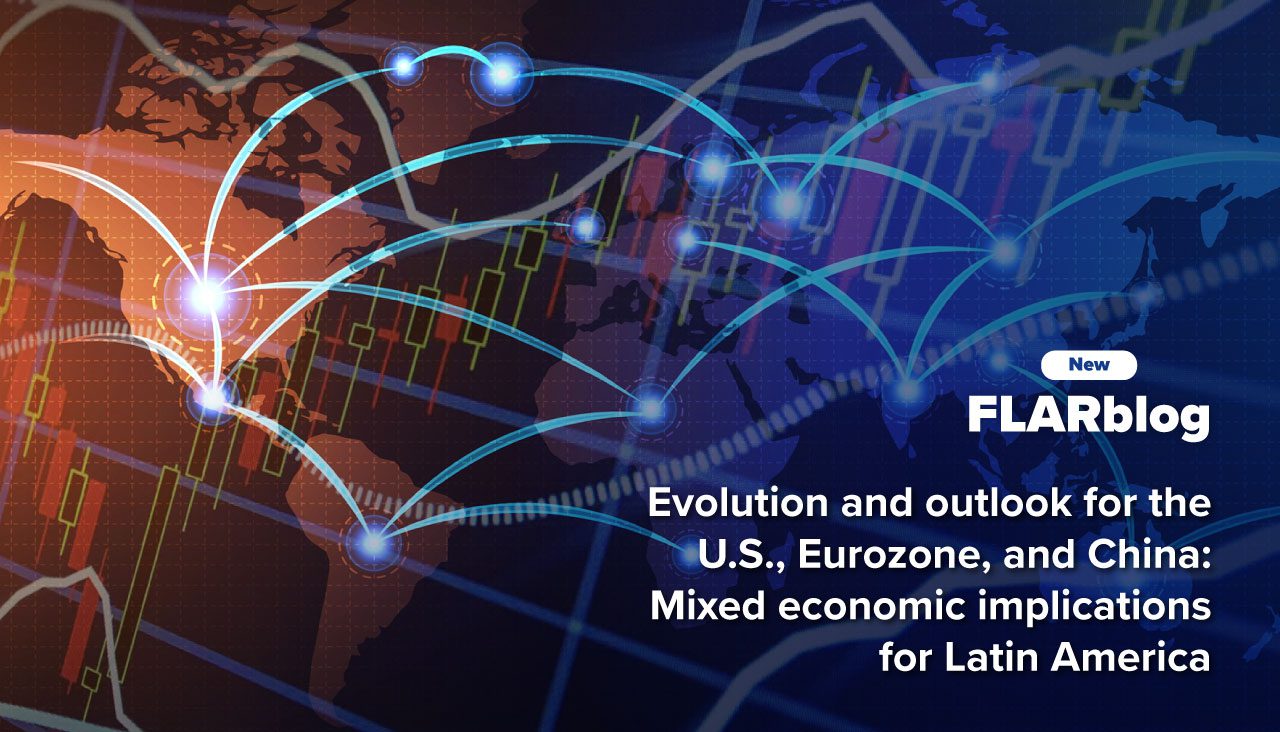
Throughout the year, the global economy has experienced a slight deceleration in growth compared to 2023, accompanied by inflation rates aligning more closely with target levels. This trend has enabled central banks in the Eurozone and the United States to initiate reductions in interest rates. For Latin America, this development has led to a decline in the prices of most commodities—although they remain elevated—while external financing costs have gradually decreased, particularly in the second half of the year.
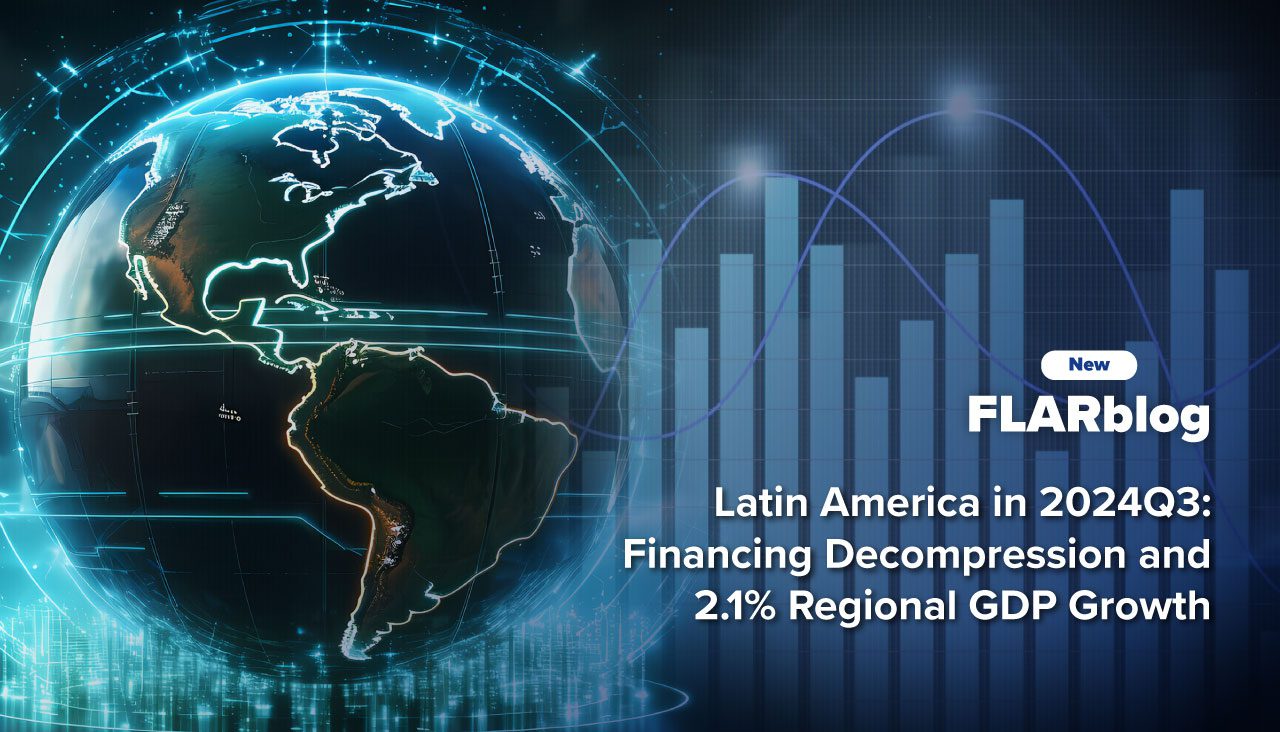
In the past three months, Latin America has faced reduced external and domestic financing constraints, supported by lower interest rates driven by easing inflation in most countries. This context has enabled us to revise the region’s annual growth projection to 2.1% for 2024. However, inflation remains above target in several countries, and public debt continues to rise as a percentage of GDP, underscoring the need for greater fiscal consolidation efforts.
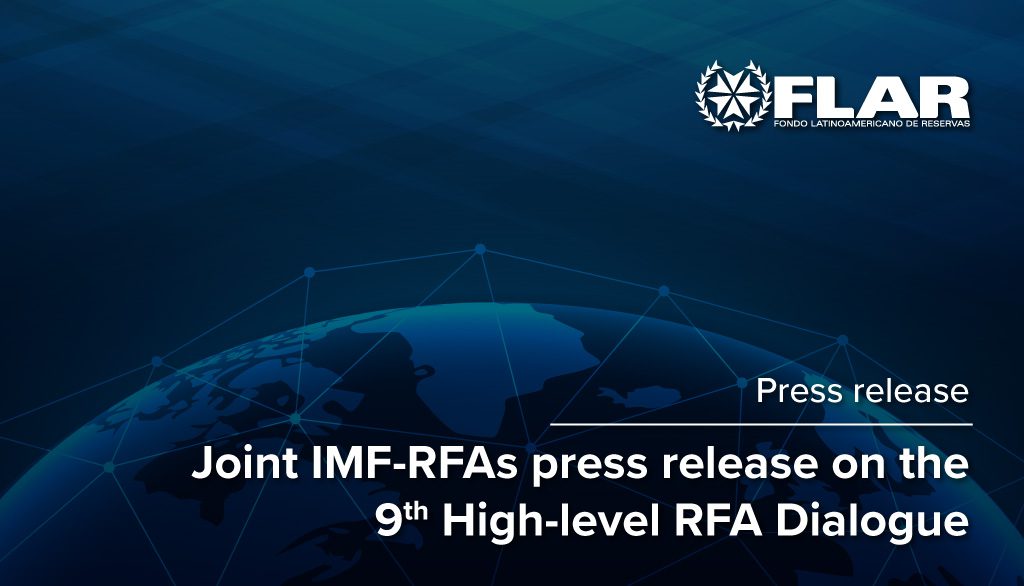
The 9th High-level Regional Financing Arrangements (RFAs) Dialogue was held on 23 October 2024 in Washington DC at a time when the global economic outlook is improving but remains weak amid a complex geoeconomic environment and elevated policy uncertainty. The heightened volatility observed in global financial markets over the summer rea rmed the importance of having a strong Global Financial Safety Net, including e ective collaboration between the International Monetary Fund (IMF) and RFAs, to safeguard against external risks.
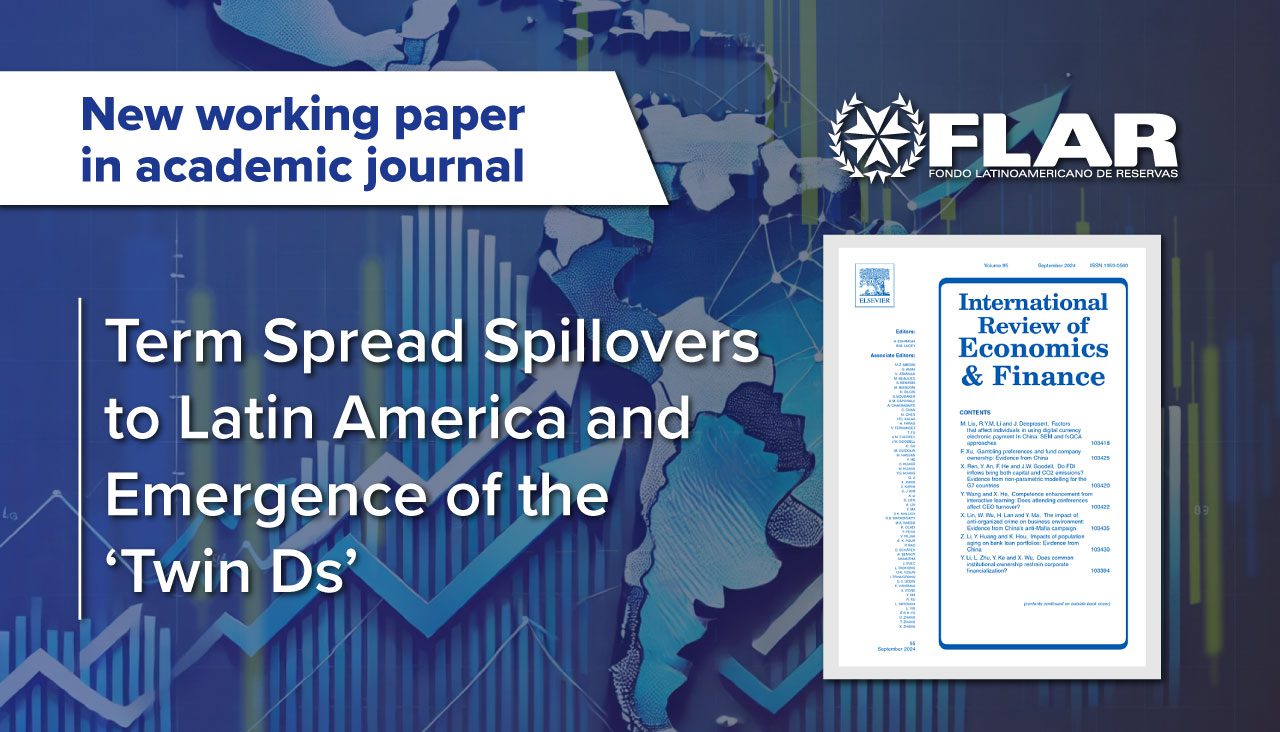
Working paper in academic journal Term Spread Spillovers to Latin America and Emergence of the ‘Twin Ds’ Carlos Giraldo, Iader Giraldo, Jose E. Gomez-Gonzalez, Jorge M. Uribe. See academic journal